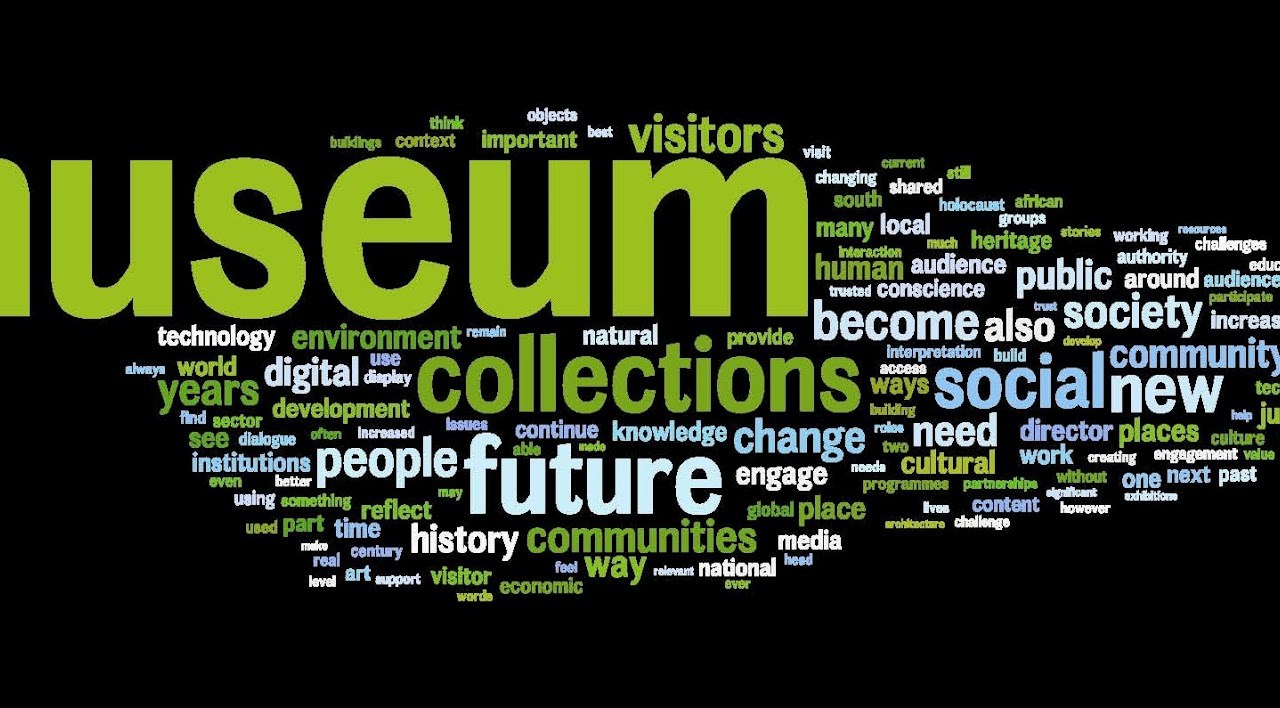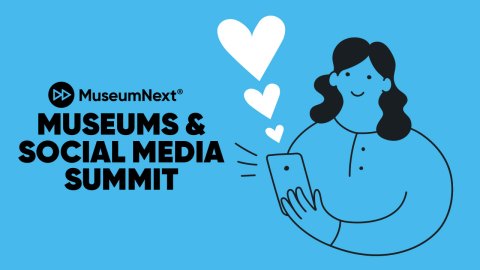
The journal Museum/iD is hosting an ongoing project soliciting brief musings on the future of museums. It’s a truly global conversation, with entries so far from Poland, South Africa, Nigeria, Norway, Colombia and New Zealand as well as across the United States. The concerns of the essayists are strongly influenced by their home environments, from the UK where government budget cuts have left museums gasping for support to the United Arab Emirates where the government is supporting an unprecedented boom in museum creation.
Despite the fact that these writers come from vastly different museum environments, a number of themes emerge, including:
- Personalization of content
- Engagement in contemporary social and environmental issues
- Increased audience participation through social networks and crowdsourcing; sharing of museum authority
- Adaption to the expectations of the “born digital” generations
- Backlash against multi-tasking and über-connectivity, causing a renewed appreciation of the “real” and quiet contemplation
Word clouds seem very 2011, now, but I couldn’t resist generating one from the essays that have been posted on the Museum/iD site so far. I think it is rather intriguing.
However, I digested the essays the old fashioned way as well, too, reading through all of them to find threads of commonality. Here is a sampling of some of the observations and forecasts on key themes:
Role of the museum of the future
Tony Butler, director of the Museum of East Anglian Life contends that the core function of museums will change, with their role as activists in civic and global affairs becoming as important as their traditional roles as preservers of collections and places of learning. This sentiment is echoed by Camilo Sanchez from the Museum of Independence in Colombia, who “would love to see museums become important for communities…because they lead social change and become places that help to effectively solve problems…that are becoming sadly recurrent, like economical global crisis, terrorism, rapid climate change, racial discrimination, increasing poverty and crime.” David Fleming, director of the National Museums, Liverpoole, has a more focused view—that “the most exciting and valuable role that museums should develop is fighting for social justice.”
By contrast, Alex Saint and Steve Conno, co-authors of Rethinking The Museum, argue “the desire to create a developed capacity for human empathy should [be] the principal purpose of museums.” They contribute what has to be the most far-out vision in this collection of essays, that of a future in which a visit to a museum is the equivalent of “getting a rush of the hormone oxytocin – the cuddle chemical or empathy-drug – and deliver an extraordinary group hug.” Timothy Leary, are you listening?
Carlos Alejandro López Ramírez, director of the Salsa Museum (the dance, not the condiment, I believe) in Cali, Colombia opines that if museums in his part of the world don’t embrace their roles as entertainers, they will be extinct in 15 years.
Sharon Ament, director public engagement at The Natural History Museum (London), points out that given the current focus on the environment and climate change, natural history museums are going to take center stage in political discourse. (She notes “we must continue to guard public confidence in our objectivity, whilst putting forward strong views on evolution, climate change and biodiversity loss,” though as I have pointed out, it may be impossible to do both.)
The growing tension between the virtual and the real
Many essayists affirm that the rise of virtual experiences will only increase people’s desire to experience “the real thing.”Adam Reed Rozan, audience development manager at the Oakland Museum of California, predicts that the ongoing tension between focusing on objects and focusing on visitors will resolve as a “working relationship in which collections become the ‘all-stars’, used as entry points for visitors, including those who may only participate online.”
The erosion of boundaries
Linda Duke, director of the Marianna Kistler Beach Museum of Art, Kansas State University, identifies the next big challenge for museums as that of breaking down the boundaries between disciplines and becoming places “where wholeness can be glimpsed” so that “so that our science, arts, and history may bring us insight, not simply knowledge.” Steph Mastoris, head of National Waterfront Museum, Swansea believes this erosion will be acceleration by the digital interpretation. Nick Poole of the Collections Trust goes Linda one better, envisioning a blurring of boundaries between museums and other kinds of institutions “with an increasing number of heritage attractions and public-facing services which package heritage in new ways.” (Which, he points out, will provide more jobs for people with museum training. Happy forecast!)
Technology
Ailsa Barry, head of new media at The Natural History Museum concedes that generations brought up on Facebook and gaming “will expect to be able to enrich and layer their experience by seamlessly accessing multi-dimensional experiences about the objects around them through a plethora of personal mobile devices. Data about their visit will be captured and analysed in real time, giving a dynamic experience that responds to their needs. And they will want to respond, participate and share their experiences with a global audience as the mood takes them.”
Lin Stafne-Pfisterer, museum educator at the Munch Museum in Oslo hopes we are approaching the era of robot-guided museum tours, as well as looking forward to the potential for museums use digital assets to recreate the past: “virtual versions of destroyed buildings, sculptures and artist’s homes that are materially lost.”
The Physical Museum
Reflecting on the history of museum architecture, Ulf Grønvold, senior curator at the National Museum of Art, Architecture and Design, Oslo, envisions a future in which architects design museums “that belong to their location and their community, not the ego of a Star architect on a brief visit.” Christine Conciatori, content project manager at the Canadian Museum for Human Rights forecasts the era of the virtual museum, in which much of what a museum does transcends its bricks-and-mortar identity.
The site invites readers to “Join the project and add your thoughts on the future of museums.” Essays of approximately 250 words can be emailed to greg@museum-id.com. I look forward to seeing what you have to say! Now, if you will excuse me, I have an essay to write…







